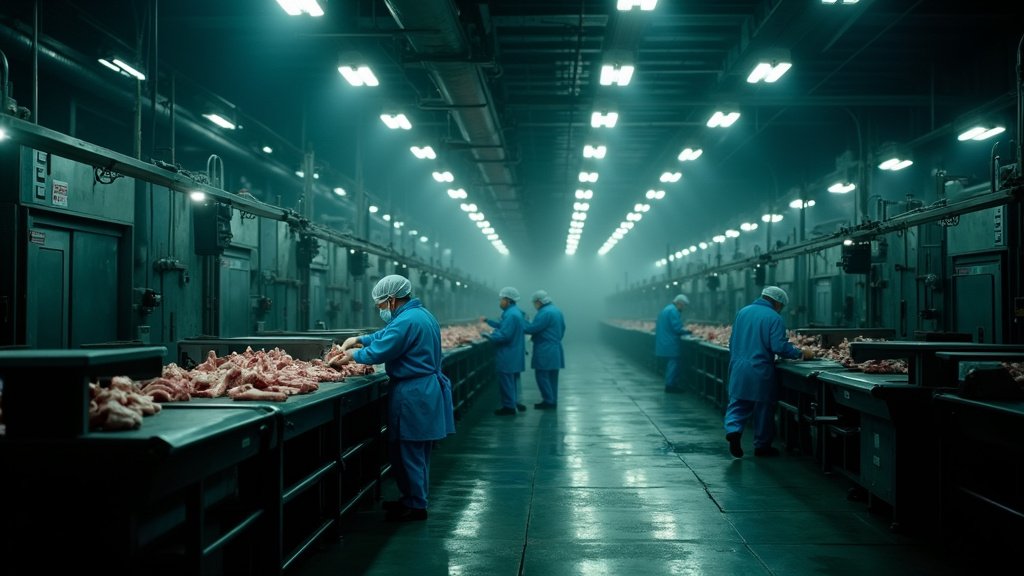Texas Faces Looming Demographic Challenges
Recent census reports are painting a concerning picture of Texas’ demographic future, with implications for its economic vitality and ability to support its aging population. While the Lone Star State continues to experience population growth, the influx is increasingly concentrated among the youngest and oldest residents, creating a potential deficit of working-age individuals. This shift could strain the state’s economy, particularly its high-tech sectors, and challenge its ability to fund essential services like Social Security and Medicare.
Aging Population and its Impact
The data reveal a subtle but significant aging trend within Texas. The median age in the state has edged up from 35.3 years in 2020 to 35.8 years in 2024. This increase is primarily driven by two factors: the natural aging of the existing population and the arrival of retirees, who are drawn to the state’s favorable climate and lower cost of living.
While Texas’ median age still lags behind the national average, the trend warrants close examination. A robust economy is heavily reliant on a strong workforce, and a slowing growth in the working-age population could have far-reaching consequences. Industries, especially high-tech ones, depend on a steady influx of skilled workers to maintain innovation and productivity. A shrinking pool of working-age individuals could lead to labor shortages, higher labor costs, and reduced economic growth. Furthermore, a smaller workforce means fewer taxpayers contributing to the financial support of social programs.
Economic Strain and Future Concerns
The slowing pace of working-age individuals moving to Texas is particularly concerning. These newcomers are essential for bolstering the workforce and contributing to the tax base that funds critical public services. This situation creates a ripple effect; a shrinking tax base can strain the government’s capacity to provide essential services like education, healthcare, and infrastructure. It also jeopardizes the long-term sustainability of social safety nets like Social Security and Medicare, which rely on a consistent stream of contributions from current workers to support the benefits of retirees.
Expert Insights and Regional Considerations
Holly Heard, vice president of data and analytics for Texas 2036, a research and policy organization, sheds light on the challenges ahead. She notes that Texas is less equipped than many other states to adequately care for its aging population. This assessment highlights the state’s need to proactively address the looming demographic imbalances and plan for the future.
The analysis extends beyond the urban centers and high-tech hubs that often drive headlines about Texas. The state’s significant reliance on agriculture is also a factor. Agriculture relies heavily on a robust workforce to plant, cultivate, and harvest crops. A deficit in the working-age population could put additional pressure on this sector, leading to higher labor costs and possible production challenges. This would further affect the state’s overall economy as food costs could go up and job losses could occur.
Addressing the Demographic Challenges
Texas leaders and policymakers face the daunting task of crafting strategies to counter these trends. Initiatives to attract and retain skilled workers are essential. Investments in education and workforce training programs can equip residents with the skills necessary for success in the high-tech economy. Additionally, policies that support the aging population, such as healthcare access and affordable housing, will become increasingly vital.
As the demographic realities shift, Texas must adapt its policies to ensure sustained economic prosperity and the well-being of all its residents. This requires a multifaceted approach that considers the needs of both the working-age population and the growing number of retirees. The future of the Lone Star State hinges on its ability to navigate this complex demographic landscape.






